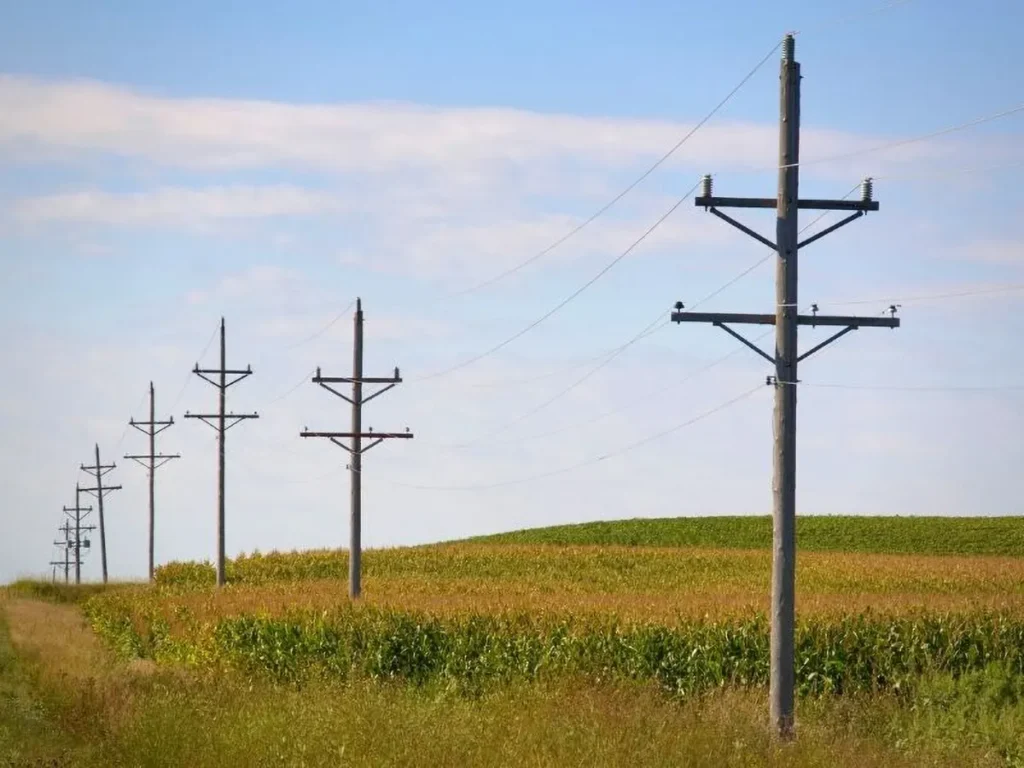In November 2021, the bipartisan infrastructure legislation became law. Soon funds will be flowing into Minnesota communities making substantial investments into our built infrastructure and growing rural prosperity. This law makes real progress towards not leaving rural places behind in the 21st century by investing in our roads and bridges, water infrastructure, EV charging, energy-efficient schools and buses, broadband internet, home weatherization and energy efficiency, and the grid and renewable energy.
As 2022 begins, let’s take a look at what the Bipartisan Infrastructure Law (BIL) will mean in our rural Minnesota communities—
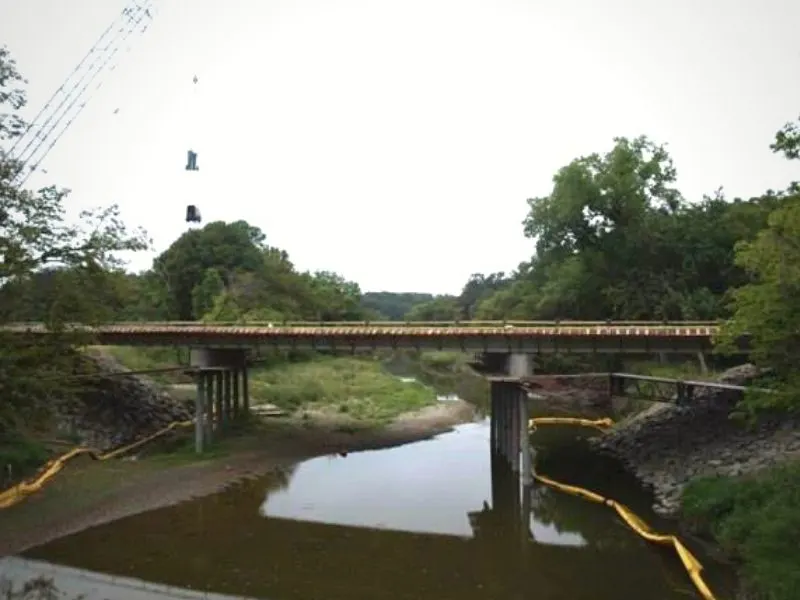 ROADS AND BRIDGES
ROADS AND BRIDGES
Rural communities have many miles of roads to maintain. Good roads are necessary to let us get to work, the doctor, grocery store, school, and transport the crops we grow and goods we make to market—all vital to maintaining a healthy rural economy.
Based on the existing federal transportation funding formal, the state of Minnesota will now receive $4.5 billion for roads and $302 million for bridges over the next five years. There is also a $2 billion Rural Surface Transporation Grant program. Rural Minnesota counties can apply directly to the U.S. Department of Transportation to access these funds.
There is also talk at the state legislature of using some of Minnesota’s $7.7 billion budget surplus as the matching fund (approximately $1 billion).
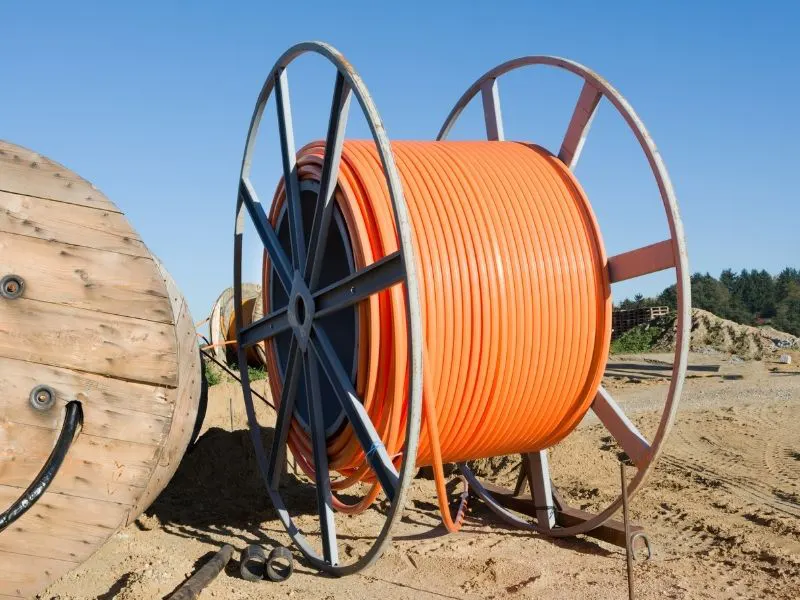 BROADBAND INTERNET
BROADBAND INTERNET
It is long past time for rural places to have real broadband access for all community members. We’ve seen rural counties and cooperatives rise to the challenge of wiring our communities when national corporations didn’t think it was worth their time. However, this system still has many holes, and it is not always affordable to all residents. BIL provides grants to local government entities to “plug the holes.”
As we’ve seen over the past two years, fast, reliable internet is what powers our rural businesses/employees, our healthcare systems, and our students at all levels. This isn’t an optional luxury just for Netflix; it is akin to a utility. There is now a minimum of $100 million targeted at helping Minnesota internet deserts, including rural places, get fully connected. There are also $2 billion in competitive grants for the Department of Agriculture’s Reconnect Loan and Grant Program for rural areas.
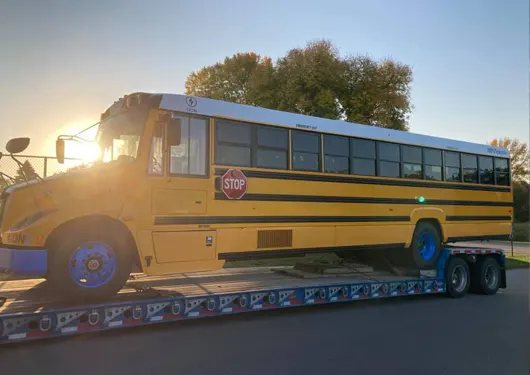 SCHOOLS AND BUSES
SCHOOLS AND BUSES
An ongoing expense for school districts is fueling buses and heating school buildings. In rural districts, buses have long routes, and many school buildings were constructed over 50 years ago. These structures are large, drafty, and need repairs and improvements. The BIL delivers $5 billion for clean running buses ($2.5 billion specifically for electric buses) and $500 million in grants to our public schools. Students, parents, teachers, and administrators can all agree this is a win for our kids and the schools at the heart of our communities.
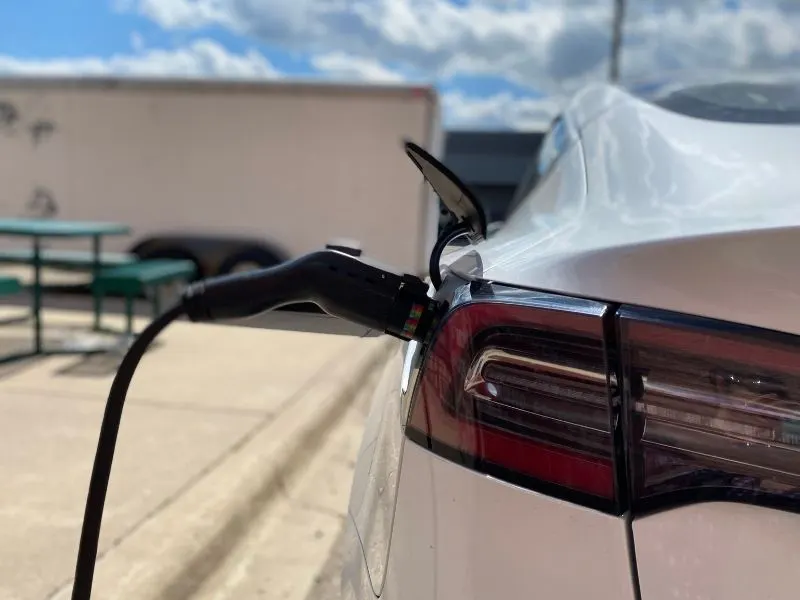 ELECTRIC VEHICLE CHARGING
ELECTRIC VEHICLE CHARGING
The Bipartisan Infrastructure Law invests $68 million in Minnesota to help fund the buildout of the comprehensive EV charging infrastructure we need across rural places. We need a charging network that will connect us with cities like Minneapolis and each other as well. A robust charging network is a vital part of being included in a clean transportation future, especially with many major automakers committing to only make and sell EVs within the next 15 years. There is also $2.5 billion for EV charging grants that counties can apply for directly, focusing on providing connections in rural places. The EV charger funding complements the Minnesota Clean Cars standards adopted in 2021. Rural Minnesotans will now have an easier time finding a greater variety of electric vehicles, and they’ll have an easier time charging them when on the road.
 ENERGY EFFICIENCY & WEATHERIZATION
ENERGY EFFICIENCY & WEATHERIZATION
Preparing our home to withstand more weather extremes in a changing climate is vital. Weatherization saves people real money on their utility bills and keeps our homes more comfortable throughout all of Minnesota’s seasons (extreme cold and heat!) BIL invests $3.5 billion for weatherization and = energy efficiency. There is also a $550 million State Energy grant program to help develop and implement clean energy projects that create jobs.
WATER INFRASTRUCTURE
Safe, clean water is a right for all people, and communities across the state will benefit from BIL’s $680 million investment in Minnesota in water infrastructure. The law includes several provisions that invest funds to help small towns upgrade water treatment systems. There is also $150 million in grants to help homeowners construct or repair failing septic systems.
For more details on BIL water infrastructure provisions, click here.
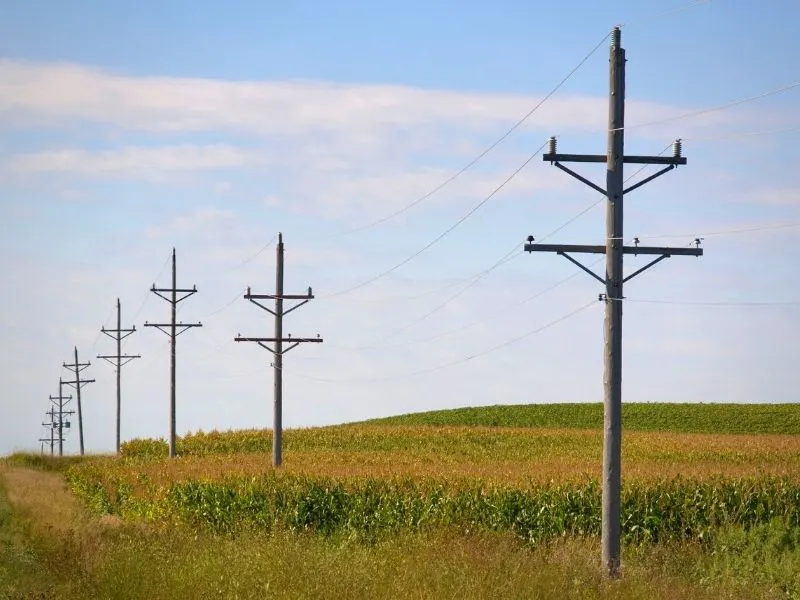 GRID & RENEWABLE ENERGY
GRID & RENEWABLE ENERGY
The BIL has $65 billion to update the “Power Grid,” meaning updating old power lines and cables. This means more reliable electricity for our homes and businesses; a perennial concern made even more pressing with increasing climate-induced weather extremes. There are also funds to invest in developing and adapting more clean energy. An updated grid will also make connecting this clean energy easier.
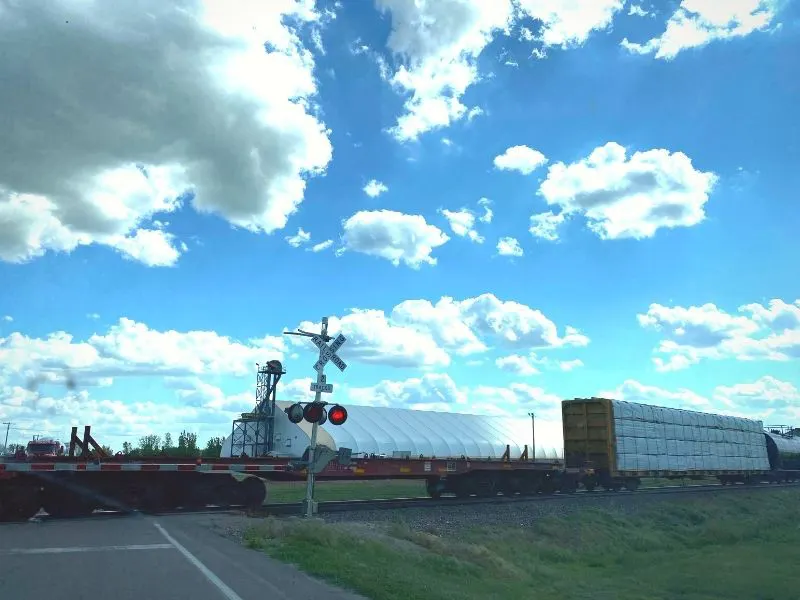 RURAL TRANSIT
RURAL TRANSIT
Each rural community or region has a transit system—small or large—and these become more vital every year with aging populations. BIL raises the amount set aside to 15% for rural projects. 25% of funds must go to low and no emission buses (like EVs). It even reserves funding to help train rural workforces impacted by the transition to zero-emission vehicles. Helping rural transit systems switch to electric buses and other low and no emission vehicles means significant decreases in fueling costs.
BIL also makes investments in our ports and railway networks vital for moving goods people across the county want. They are also critical in helping move agricultural goods to waiting markets near and far.
A NOTE:
The Bipartisan Infrastructure Law provides crucial investment to help rural Minnesota communities be places where we can work, live, and play throughout the twenty-first century. Congress must also pass the companion Build Back Better Act which will spur rural economic prosperity, create good rural jobs, invest in our children, families, and communities—all while taking real climate action.

